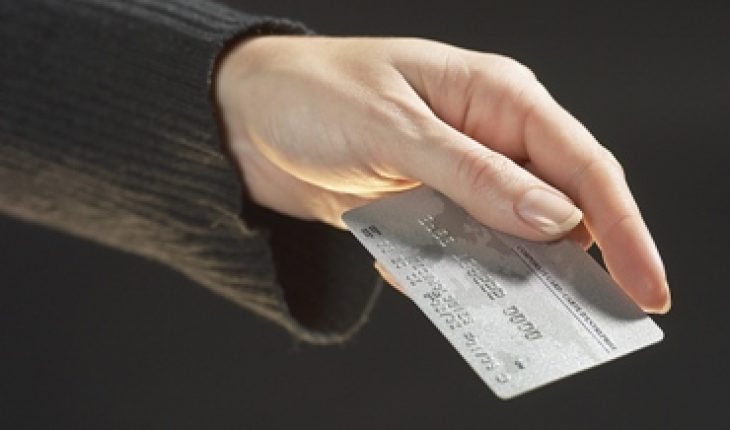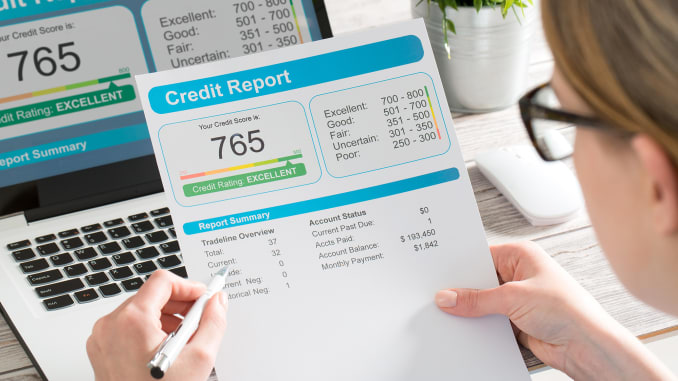
By: Gerelyn Terzo of Sharemoney
When it comes to credit cards, not all interest rates are the same. Some credit cards are pricier than others. The way to determine the cost of credit is to examine what’s known as the annual percentage rate, or APR, which is similar to the interest rate.
Knowledge is power. Once you know your APR, it will probably create more of an urgency to tackle your debt sooner than later so you can use more money for more important things.
If you are thinking of signing on the dotted line for a credit card or are simply trying to quash the debt you’ve already accumulated, keep reading. We will tackle the different types of APRs and how they affect personal finance. While we will focus on credit cards, the same principle could be applied to other types of debt including auto loans, mortgages, etc.
What Is APR?
When you receive a credit limit on a credit card, it’s not free money. While it might be easy to spend, paying it back can be another story, especially due to interest. This is the fee that the issuing bank charges consumers for using their money.
This is where the APR comes into play, but don’t let the name fool you. Even though it’s called an annual percentage rate, it’s not really calculated annually. It’s the rate that banks charge consumers daily for their credit card purchases.
If you’ve ever taken out a loan, you’ve probably come across the term APR. However, just because you saw it doesn’t mean you understand it. Unfortunately, without a grasp on APR, you’re liable to make poor credit decisions that cost you more money than necessary. When it comes to debt, like a credit card, it’s important to identify your APR and make decisions accordingly.
Credit card APRs vary from issuer to issuer. You can find yours either on the bank’s website or by contacting them. Keep in mind that if you happen to have more than one credit card with the same bank, they probably have different APRs attached to each of them. To better understand your APR, let’s take an example.
APR Mechanics
Let’s say you learn your credit card APR is 18%, which translates to 0.18 as a decimal. So far so good. Next, to get a better understanding of just how much you’re paying, let’s do a little more math.
The next step is to divide 0.18 (or whatever your APR is expressed as a decimal) by 365, the number of days in a year. This is so you can see how much you are paying in interest every day — because that’s how credit card companies charge you. The result of this equation expressed as a percentage is 0.00049%, representing your daily interest rate. So far, so good.
Now we’ve got to factor in your credit card charges, so we can get to the average daily balance that is costing you. So if you make a $1,000 purchase and the balance carries over, multiply it by the previous result of 0.00049% to learn the interest being charged to your account each day. Now multiply this result by 30 for the days in a billing cycle and you can see the amount of interest you’re paying.
In this case, it’s $14.79 in daily interest at the very least. If the bank charges fees or uses compound interest, that number only goes higher. If you continue to carry a balance on your credit card, these charges could quickly cramp your style. Compound interest works for you when investing but against you when borrowing.
Something to keep in mind is that the APR of a bank charge is not random. The higher the risk that a consumer won’t repay their credit card balance, the higher the APR is likely to be. It comes down to your credit score and income in most cases.
Types of APRs
Not all APRs are the same. Let’s explore some of the different types.
- Fixed APR: As the name suggests, a fixed APR stays the same throughout the credit card contract. One game-changer is if a borrower falls behind on payments, in which case the credit card issuer may increase this rate.
- Variable APR: A variable APR is one that could change throughout the course of the contract. A variable rate is tied to the prime rate in the economy, the underlying index for most credit card rates. If the prime rate rises, so too could the APR on your credit card, so you’ll want to stay informed on that.
- Purchase APR: This is yet another type of APR, and banks charge it when you make credit card purchases. It’s the credit card rate most widely referred to.
- Penalty APR: If you’re charged a penalty APR, it means you’ve fallen delinquent on your credit card payments. These rates are generally higher than any purchase APR so try to avoid them.
- Cash Advance APR: Using your credit card like an ATM might seem like a convenient idea. But many banks will charge a separate cash advance APR, which is generally higher than the purchase APR. Worse, the interest tends to rack up quickly, as there’s usually no grace period associated with it. As a result, interest begins to build from the day you access the cash.
Conclusion
Now that you know the ins and outs of APRs, you might be wondering how to avoid them altogether. Short of not taking out a credit card, to begin with, the best way to save money is to pay off your credit card balance each month. This way, you can benefit from a grace period offered by many credit card issuers, generally in the 25-day range.
If you find yourself with credit card debt you can’t pay off quickly, the best way to approach it is by creating a budget. Whether you follow Suze Orman’s advice and “roll down your debt” or Dave Ramsey’s snowball method, either approach is designed to tackle the highest interest rates first. The end result will be the same, and that is paying down your credit card balances in a consistent and strategic way until they are whittled down to zero.











